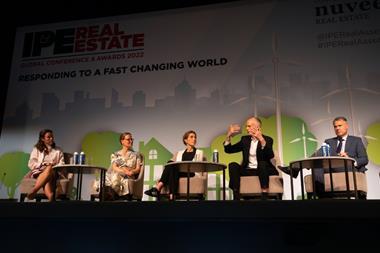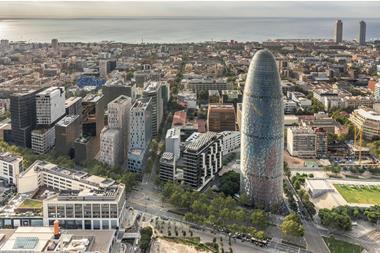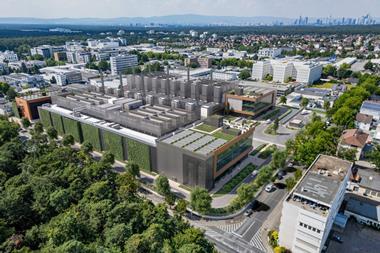The Urban Land Institute (ULI) has warned of a “carbon bubble” in the pricing of European real estate as investors move to decarbonise portfolios to meet net-zero targets.
To help the industry, the organisation has published suggested guidelines for assessing the costs of decarbonising buildings and disclosing transition risks between owners, investors, potential buyers and valuers.
ULI said the cost of not decarbonising buildings was not being factored into property valuations – a situation exacerbated by “the current lack of regulation driving change” – and as a result, current valuations are too high, “resulting in the carbon bubble”.
The association added: “If transition risk costs are not factored in now by owners, then the industry could face a major crisis on achieving decarbonisation if the bubble bursts due to a change in regulation or an economic shock, causing values to fall quickly. And this may happen rather sooner than later, given the current energy crisis, which may significantly impact rent affordability by tenants.”
In July, IPE Real Assets reported on how the full cost of net-zero targets – and the implications for valuations – were only beginning to dawn on investors and managers.
ULI Europe CEO, Lisette van Doorn, said: “All buildings have transition risks and we know that some leading market players have started to consider the costs of decarbonisation and started to act on it. However, we need to bring the wider industry on board and spread the knowledge to speed up the process and prevent the bubble from bursting.
“We need to get the whole industry moving faster by building a strong case for a collaborative approach to transform existing stock.”
ULI said its analysis suggests the current approach by owners means that decarbonisation activity is focused on higher-value assets, predominantly in higher-value locations – for example, prime offices and high-end residential, where the cost-to-value ratio of retrofitting is lower.
“Without collaboration and transparency on transition risks, there is the danger of a two-tier market with a strong concentration of retrofitting activity in locations and of assets with higher values, while lower-value assets and locations are at threat of decline,” ULI said.
The proposed guidance identifies nine transition risks of material impact to real estate assets that can be financially modelled, standardised and communicated. They include the cost of decarbonisation, internal resourcing, energy costs, the carbon price, embodied carbon, and the impact of decarbonisation on depreciation, changes in rental income and exit value.
The consultation includes three standard templates for disclosure and reporting aimed at managers, valuers and investors, respectively.
ULI believes that the sharing of information about transition risks will support valuers in understanding the impact on building values.
The draft consultation guidelines were prepared with the support of the founding partners of the ULI C Change programme, Allianz Real Estate, Arup, Catella, Hines, Immobel, Redevco and Schroders Capital.
ULI is launching a consultation in the coming months.
Van Doorn said: “Our combined goal should be the long-term preservation of values across all our buildings, keeping all of our cities and neighbourhoods investible and liquid. If we don’t act on real estate valuations, our industry’s significant contribution to climate change will continue and we will exacerbate social inequality.
“The consultation guidelines help remove transition risks as a point of competitive advantage for the market and instead close the knowledge gap to the benefit of all owners and managers. If everyone is better educated on these risks, we can better achieve the broader goals of decarbonisation.”
To read the latest edition of the latest IPE Real Assets magazine click here.
























